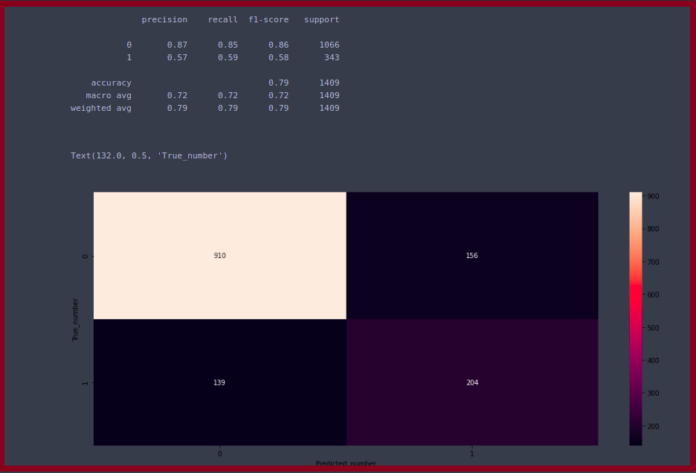In this article, we are going to discuss how we can granting permission to roles in Cassandra. First, we will create a new role and show how it can access the database.
Creating a new role:
In this step, we are going to create a new role such that user_access is a new role and want to access the database. To create a new role using the following cqlsh query.
cassandra@cqlsh> create role user_access ... with password = 'user_access' ... and LOGIN = true;
Output:
Now, If we can see “user_access” role access by using the following cqlsh query.
cassandra@cqlsh> list all permissions of 'user_access'; role | resource | permissions ------+----------+------------- (0 rows) cassandra@cqlsh>
Right now, it can’t access the Existing keyspace ‘University’. let’s have a look.
cassandra@cqlsh> login user_access Password:user_access user_access@cqlsh>
Output:
To resolve this error “Unauthorized: Error from server: code=2100 [Unauthorized] message=”User user_access has no SELECT permission on
Improve your Coding Skills with Practice
–>

<!– –>
<!– –>
<!–
–>
What kind of Experience do you want to share?
<!– Tell us your type of experiences which can help other fellow Geeks for their future events and preparations. –>

